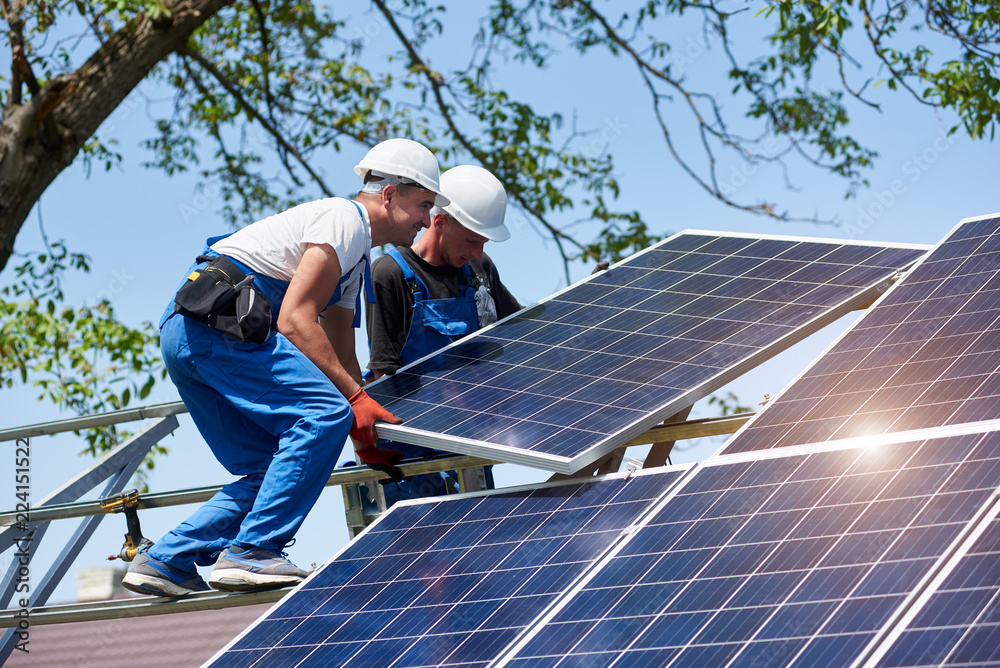
The Middle East, a vicinity historically synonymous with full-size oil reserves, is present process a quiet however innovative transformation. Beneath the towering minarets and within the sacred partitions of mosques, a brand new electricity movement is taking root one powered through the sun. Solar-powered mosques are rising as symbols of sustainability, mixing subculture with modern-day inexperienced era. This shift isn't just about decreasing carbon footprints; it's a reimagining of faith-based totally leadership in environmental stewardship.
A Divine Shift to Renewable Energy
Mosques, as significant network hubs, eat significant strength for lights, cooling, and daily operations. The name to prayer may additionally echo via loudspeakers, but the energy powering them has long come from fossil fuels. Now, solar panels glisten atop prayer halls, turning locations of worship into beacons of renewable electricity. Countries like the UAE, Saudi Arabia, and Egypt are main this transition, proving that sustainability and spirituality can coexist.
The motivation is twofold: environmental duty and financial performance. Solar electricity slashes energy payments, permitting mosques to redirect finances in the direction of network welfare. Moreover, Islamic teachings emphasize the safety of nature, making solar adoption a moral vital. The Quran speaks of the Earth as a consider from God, urging believers to avoid waste and extra. Solar-powered mosques embody this precept, setting an example for tens of millions of worshippers.
The Silent Revolution Beneath the Domes
The shift isn't simply symbolic it's structural. Architects and engineers are redesigning mosques to combine photovoltaic panels seamlessly. Traditional Islamic architecture, with its expansive courtyards and high domes, is exceptionally properly-applicable for solar installations. The flat rooftops provide adequate area for panels, even as herbal air flow reduces dependency on electricity-intensive cooling structures. Some mosques even contain battery storage in York stimulated systems to store extra energy, making sure uninterrupted power during non-sunny hours.
One standout instance is the Sheikh Zayed Grand Mosque in Abu Dhabi, in which sun installations supplement its grandeur. Meanwhile, smaller community mosques are adopting off-grid solutions, proving that sustainability isn't specific to grand institutions. The ripple effect is plain: when a mosque is going solar, the surrounding community takes notice.
Beyond Panels: A Cultural Awakening
The transition to sun isn't merely technical—it's cultural. Imams and non secular scholars are weaving environmental recognition into sermons, framing sustainability as an act of worship. Workshops on energy conservation are getting as not unusual as Quranic classes, fostering a era of eco-conscious Muslims. Young volunteers participate in sun panel upkeep, turning faith into palms-on action.
This cultural shift extends past mosques. Solar-powered Islamic faculties, hospitals, and network facilities are sprouting throughout the location. The message is clear: green energy isn't a Western concept but a general obligation. By embracing sun energy, the Middle East is reclaiming its position as a pacesetter—now not just in strength production, but in electricity innovation.

Challenges and the Road Ahead
Despite development, hurdles remain. Upfront expenses deter smaller mosques, even though long-term financial savings are considerable. Governments and NGOs are stepping in with subsidies, however broader financial mechanisms are wished. Additionally, preservation knowledge is scarce in a few areas, requiring localized education packages.
Yet, the momentum is unstoppable. Countries like Morocco and Jordan are expanding sun initiatives, proving that local cooperation can accelerate trade. The upward thrust of battery garage in York-style solutions is also a game-changer, addressing intermittency concerns. With advancements in electricity storage, solar-powered mosques can perform efficiently even after sundown.
A Global Blueprint for Faith-Based Sustainability
The Middle East's solar mosque motion isn't an remoted fashion it's a blueprint for the arena. Churches, temples, and synagogues are taking notes, understanding that faith establishments can power the inexperienced transition. The Vatican, for instance, has established sun panels, at the same time as Buddhist monasteries in Asia are adopting renewable electricity.
This interfaith environmentalism highlights a familiar reality: shielding the planet transcends non secular limitations. When non secular leaders champion sustainability, followers pay attention. The Middle East, often visible via the lens of oil, is rewriting its narrative one solar panel at a time.
For in addition reading on renewable strength improvements, discuss with this Wikipedia page on Solar Power inside the Middle East.
Conclusion: A Sunnier Future
Solar-powered mosques are more than an energy experiment they're a testament to visionary leadership. By merging religion with innovation, the Middle East is proving that sustainability isn't just a policy however a manner of lifestyles. As daylight powers prayers, it additionally illuminates a course toward a greener, greater equitable destiny. The name to prayer may stay undying, but the power behind it is refreshingly new.
In a global grappling with climate alternate, these sun mosques stand as sanctuaries of wish. They remind us that the combat for a sustainable planet isn't simply fought in boardrooms or parliaments it's fought within the quiet corners of religion, wherein perception meets movement. And in the Middle East, that action is shining brighter than ever.





